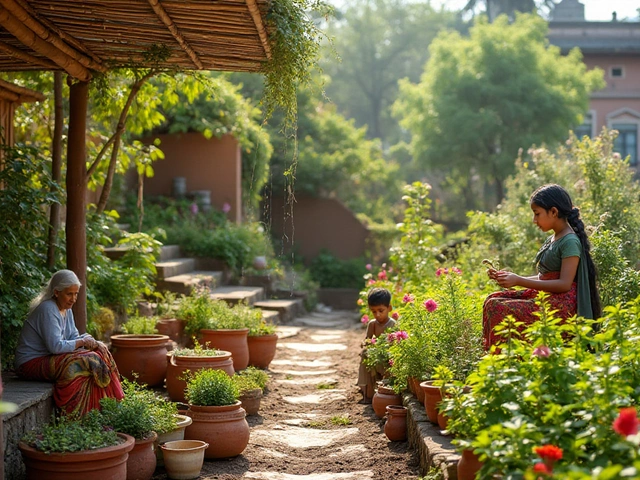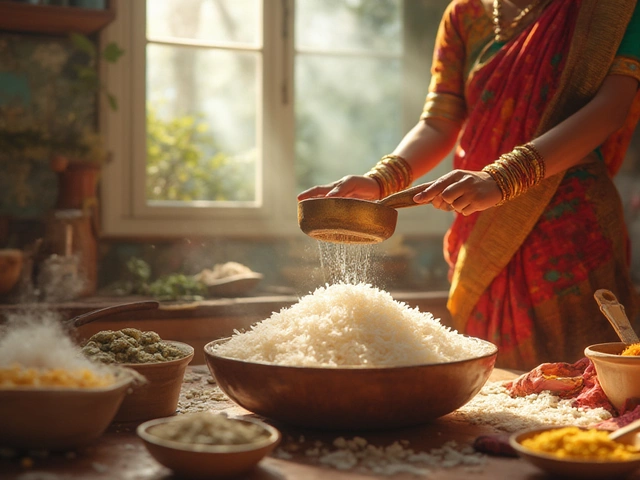Agricultural Investment: How to Grow Your Money in Indian Farming
Thinking about putting money into farming but not sure where to start? You’re not alone. Lots of people see the soil as a safe place to grow cash, but the real trick is choosing the right tools and crops. In this guide we break down the must‑know steps, from water systems that save cash to crops that fetch top prices in Indian markets.
Why Smart Irrigation Pays Off
Water is the biggest expense for most farms, especially during dry spells. That’s why drip irrigation has become a favorite among profit‑focused growers. A well‑designed drip line delivers water right to the root zone, cutting waste by up to 30 %. The initial cost may feel high, but the payback period is often under three years when you factor in lower water bills and higher yields.
To keep costs low, bury drip lines at the recommended depth (usually 2‑4 cm) so they stay protected and work efficiently. Pair the system with a timer that matches your crops’ watering schedule—most vegetables need 1‑2 liters per plant per day in the early growth stage, then less as they mature. The result? Healthier plants, fewer diseases, and a tidy field that looks professional.
High‑Value Crops That Deliver Returns
Not every crop brings the same profit. In India, vegetables like broccoli are turning heads because the market pays a premium for quality. A small broccoli farm can earn up to ₹150 000 per acre if you follow proper spacing, pest control, and timely harvesting. The key is to sync planting with market demand—most urban buyers look for fresh broccoli in winter and early spring.
Another hot pick is rice, but the trick is using the right soil. Clay‑loam with good water‑holding capacity boosts yield, and adding organic matter can lift production by 10‑15 %. Since rice is a staple, bulk buyers often offer stable contracts, which reduces price volatility.
Don’t forget ornamental crops like marigold, especially if you market them for festivals and religious events. These flowers bloom repeatedly and command good prices during peak seasons. Pairing them with a drip system ensures even moisture, which translates to bigger, brighter blooms that fetch higher rates.
When you pick a crop, always check the local market price trends. Websites, local mandi boards, and farmer groups give quick snapshots of what buyers are paying. If a crop’s price is dropping, it might be time to rotate to a more profitable option.
Beyond choosing the right crops, keep an eye on input costs. Using farm‑raised compost instead of chemical fertilizers can shave off 20 % of your expenses while improving soil health. Natural pest control methods—like neem oil or beneficial insects—also protect your profit margin.
Finally, calculate your return on investment (ROI) before you spend. Add up all costs—land prep, seeds, irrigation, labor—and compare them to expected market revenue. An ROI above 20 % is a good benchmark for most Indian farms.
Investing in agriculture isn’t just about planting seeds; it’s about smart choices that turn every rupee into more growth. With the right irrigation, high‑value crops, and careful budgeting, you can watch your farm—and your wallet—thrive.
Risks of Rice Business: Common Challenges and How to Avoid Them
Discover the risks of the rice business, from unpredictable weather to global price swings and pests. Learn practical tips to reduce losses and succeed in rice cultivation.
About
Rice Cultivation
Latest Posts


Essential Terrace Protection Techniques for Thriving Gardens
By Alden Thorne Jan 2, 2025

How Much Rice Does 1 Cup Make? Unpacking Dry to Cooked Ratios for Perfect Meals
By Alden Thorne Jul 20, 2025

Rainy Season Blossoms: Discovering India's Monsoon Marvels
By Alden Thorne Mar 13, 2025

